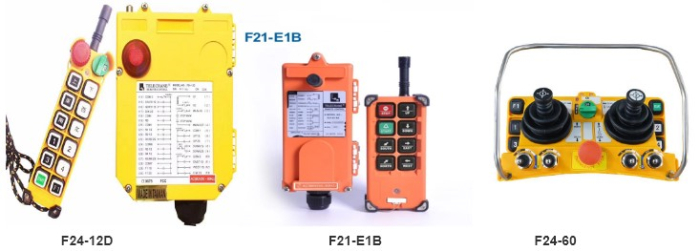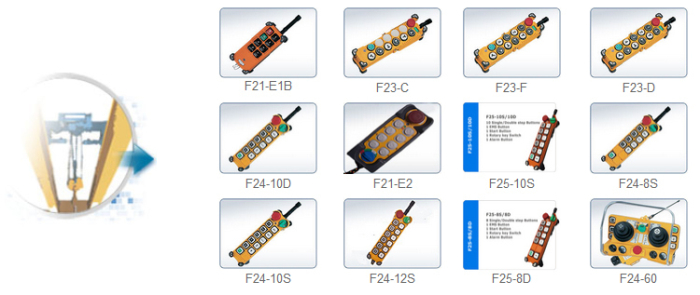Recovery of sulfur from pyrite cinder
The pyrite cinder is pretreated by screening before being sorted. The iron ore is prepared by the combined process of magnetic separation and re-election of the sieved product, and the amount of S contained on the sieve is relatively high, about 4%. In order not to waste this part of the resources, the product on the sieve is used to recover S, so as to fully utilize the slag.
From the perspective of process mineralogy, magnetite and hematite are oxidized ore, while sulphurous minerals such as pyrrhotite are sulphide ore, so reverse flotation can be used to remove magnetite concentrate. Sulphide ore impurities. Because sulfur is mainly distributed in pyrrhotite, and for other sulfide minerals, pyrrhotite has the worst floatability. If pyrrhotite can be floated, most of the sulfur will be Separated to achieve the purpose of recovering sulfur.
The flotation process is designed as a rough and precise two-stage process. Since the level on the screen is relatively large, it is necessary to grind in advance. Appropriate grinding can make the oxide film and impurity adsorbate on the surface of the pyrrhotite in the slag be stripped and removed, and the fresh surface molecular structure and the agent act, so that the recovery rate of sulfur can be improved. Continue to improve the fineness of grinding, the pyrrhotite in the slag is easily oxidized and over-pulverized, accelerating the oxidation and muddy process of the mineral, making its floatability decline.
In the selection of a medicament, a combination of medicaments is mainly carried out for flotation of pyrrhotite. Copper sulfate, sodium sulfide as an activator and lime sulfuric acid to adjust the pH, and neutral butyl xanthate as collector diesel, # 2 oil as foaming agent.
Recently, studies on the mechanism of action of xanthate collectors have shown that xanthate collectors are mostly electrochemically adsorbed on the surface of pyrite minerals. Xanthate by a hydrocarbon group (the R-) and solid affinity group (-OCSS -) which functions as a collector function (ROCSS-) anion. Due to the non-uniformity of the surface of the pyrrhotite and the large number of lattice defects, it is easy to generate a redox reaction on the surface to produce a negative and positive region. In the grinding process, dissolved oxygen easily oxidizes pyrrhotite and forms a partially soluble salt. As the alkalinity increases, the oxidation rate increases, resulting in the formation of a hydrophilic Fe(OH) 2 film on the mineral surface, which hinders the formation. Adsorption of the collector. Therefore, with the increase of pulp reduction, the recovery rate of pyrrhotite is more significant. When the pH value is less than 5, the xanthogen hydrolyzed by xanthate spontaneously decomposes spontaneously due to the instability of xanthate, and CS 2 and ROH are formed, so that the xanthate loses its collecting effect. Therefore, when the pH is too low, the recovery of pyrrhotite is not high. When the pH is <5:
ROCSSM ![]() ROCSS - +M + ,
ROCSS - +M + ,
ROCSS - +H 2 O=ROCSSH+OH - ,
ROCSSH→CS 2 +ROH
When the pH of the slurry is alkaline, the free electrons on the surface of the mineral are reduced due to the presence of oxygen during grinding. Oxygen is a good electron acceptor that can capture free electrons on the crystal lattice:

O 2 - +H 2 O→2OH -
FeS→Fe 2 + +S
Fe 2 + +2OH - →Fe(OH) 2
In the acidic medium, the hydrophilic oxide film on the surface of the pyrrhotite in the slag can be dissolved by the acid to expose the surface of the sulfide, which is favorable for the adsorption of the collector, thereby activating the pyrrhotite. Since acid has certain corrosiveness to equipment and has certain influence on environmental protection, it should be carried out under weak acid conditions, and the pH should be about 6.5.
The process of recovering sulfur is shown in Figure 1. The pre-screened pyrite cinder is sieved on each grade of product, and ground in a rod mill for 10 min, the grinding concentration is 70%; the pH value during flotation is adjusted to 6.5 or so, the rough selection and selection of pharmaceutical systems are: CuSO 4 100g / t, 50g / t, Na 2 S150g / t, 60g / t, Ding Huang 120g / t, 60g / t, 2 # oil as foaming Agent. The obtained sulfur concentrate product has an S grade of 30% or more, and the recovery rate is 47.83%. Flotation foam phenomenon junction plates, so that in the case of other conditions remain unchanged, the addition of sodium hexametaphosphate as a dispersant adjusted pulp, a foam condition has improved, but the effect is not obvious. Later, the neutral foam was used instead of sodium hexametaphosphate. The foam condition was obviously improved, and the flotation speed and the recovery ability of xanthate could be improved. The scraping amount was increased, and the foaming time was reduced from 5 minutes to 4 minutes. about. Finally, a sulfur concentrate with a sulfur grade of 38.67% and a recovery rate of 54.60% can be obtained, which basically achieves the purpose of recovering sulfur.

Figure 1 Recovery of sulfur
Crane Remote Control are used for kinds of lifting cranes to control the lifting and moving

1. Overhead Crane Remote Control
Overhead Crane is one of the most widely used areas of industrial overhead crane radio remote control systems. In particular, in metallurgy, automobile manufacturing, paper mills and material warehouses, are all equipped with industrial overhead crane radio remote control systems.



Advantages
• Available with various numbers of outputs
• Radio ready transfer switch connections reduce installation time
• Optional pre-wired "pigtail" available so unit can be installed and wired quickly
• Internal master relay disable switch allows you to safely test the controls "live" without moving the crane
• Fusing and suppression on all power and control lines - built for the harshest applications
• Compact receiver design installs easily in the most confined spaces
• Available in 12 or 24 outputs

Application
1- Overhead bridge crane
2- Gantry crane
3- Jib crane
4- Monorail crane
5- Hoists Hoists
Configuration
1- One transmitter .
2- One receiver .
3- One 1m cable connect with receiver .
4- One operation and maintain manual
Specification
1- Control distance : up to 100m
2- Control point : 10
3- Certificates : CE,FCC,ISO
4- Working temperature : -35~+80 degree
5- Unique code : over 4.3 billions unique ID codes
6- Transmitter power : DC 3V
7- Enclosure protection class : IP65
8- Output capacity : full sealed relay output with 5 amperes
Design features
1. Frequency rate: 310.3 ~ 331.165 megahertz (MHz).
2. The frequency control: quartz crystal.
3. The output contact: full sealed relay 20 a / 250 v control points for passive switch output signal (itself).
4. Compose built: glass fiber.
5. Receive high-frequency: sensitivity, p - 110 DBM.
6. Launch high frequency: the output power of 4 or less DBM.
7. Reaction speed: 0.065 seconds.
8. The shell protection level: IP65.
9. The operating distance: 100 meters.
10. Up/down, north, south/east/west whether can be set to restrain each other. *"START" health can be set by the computer to boot, jump, the common functions such as.
12. Working temperature range - 35 ° ~ + 80 ℃ (regardless of the battery and heat-resistant).
13. Low power transmitter, two AA batteries, for 1 month. Specially designed for mobile device resistance.
Crane Remote Control
Crane Remote Control,Industrial Crane Remote Control,Crane Remote Wireless Control,Remote Control Overhead Crane
Jiangxi Mide Industrial Co., Ltd. , https://www.midecrane.com